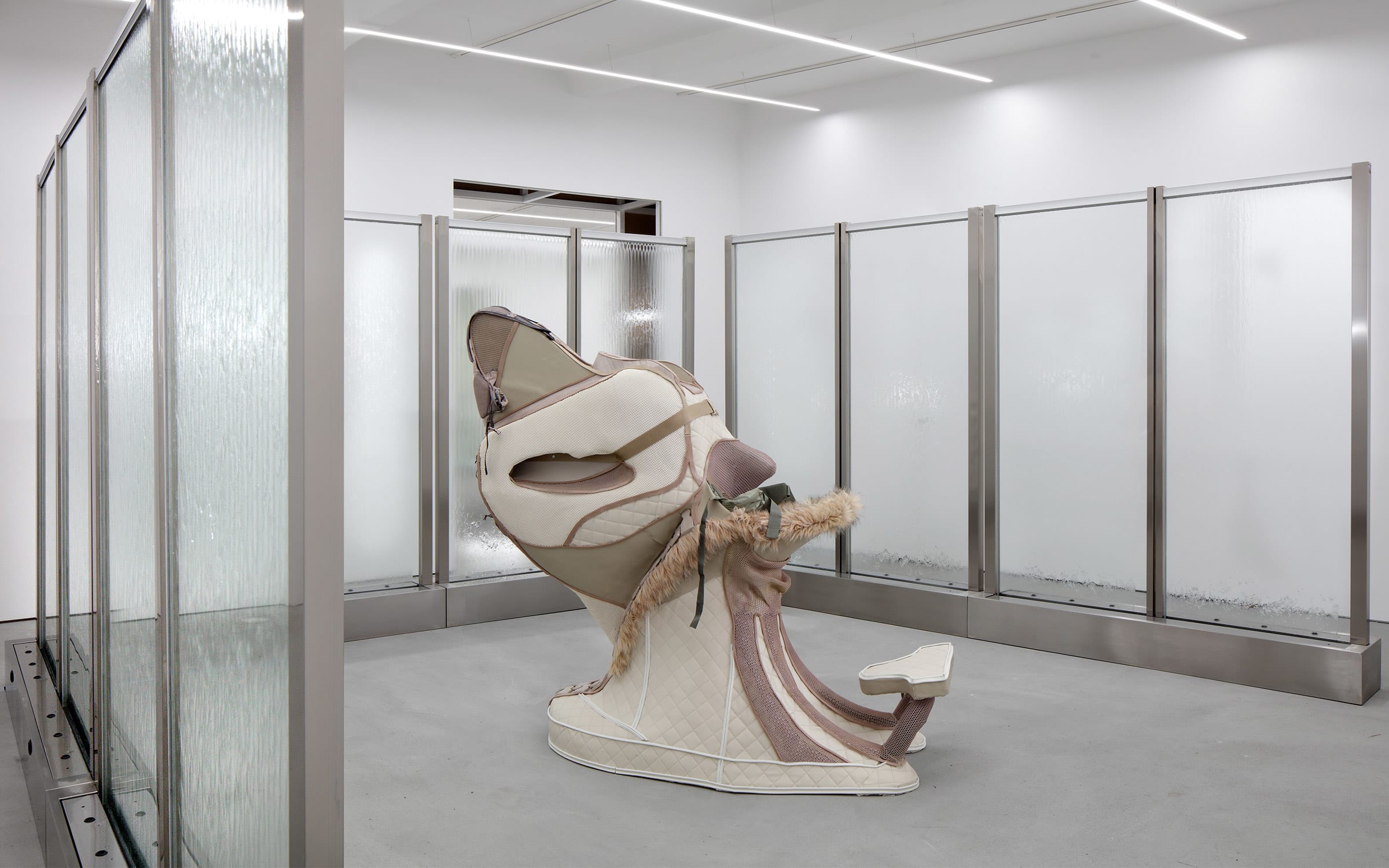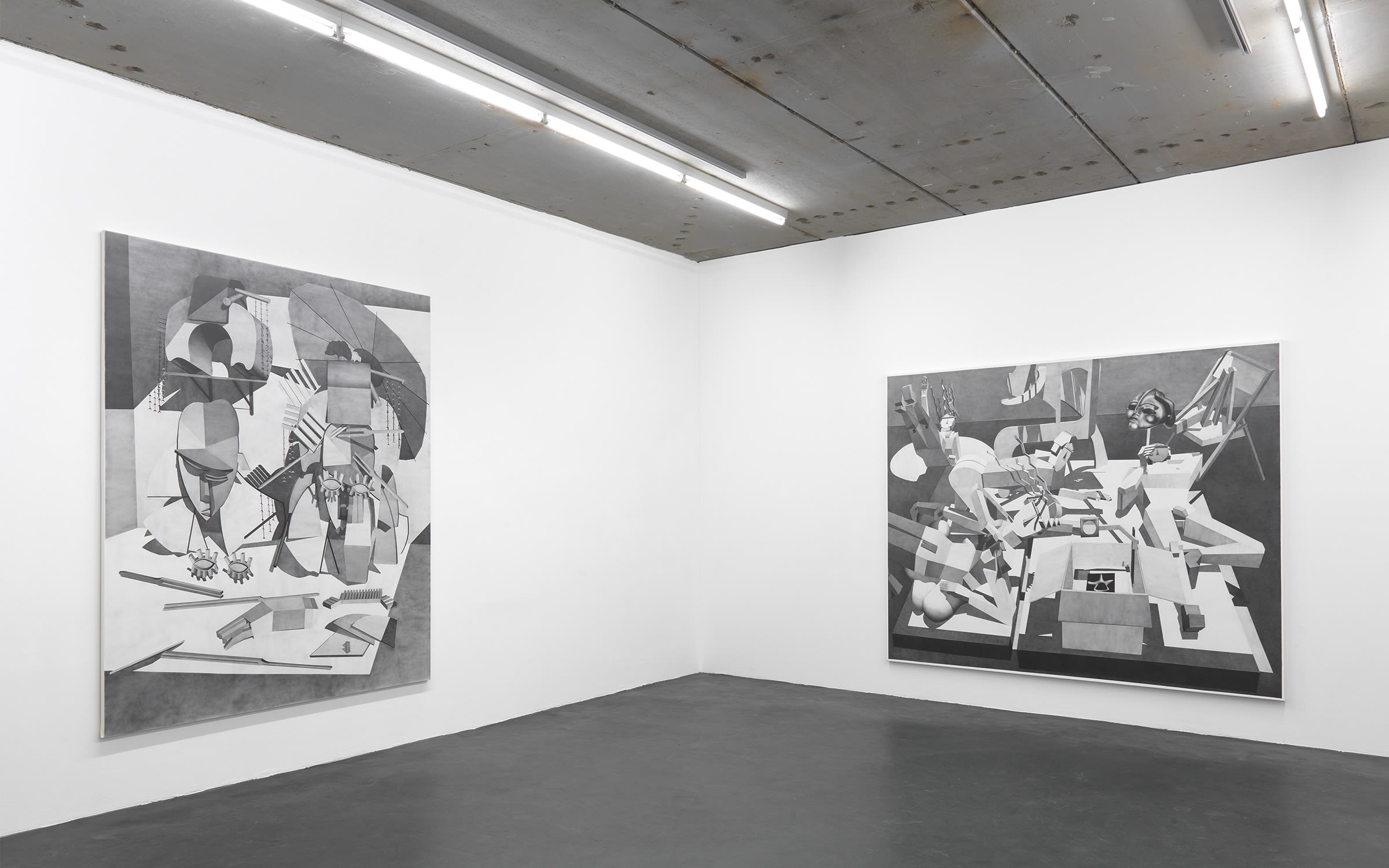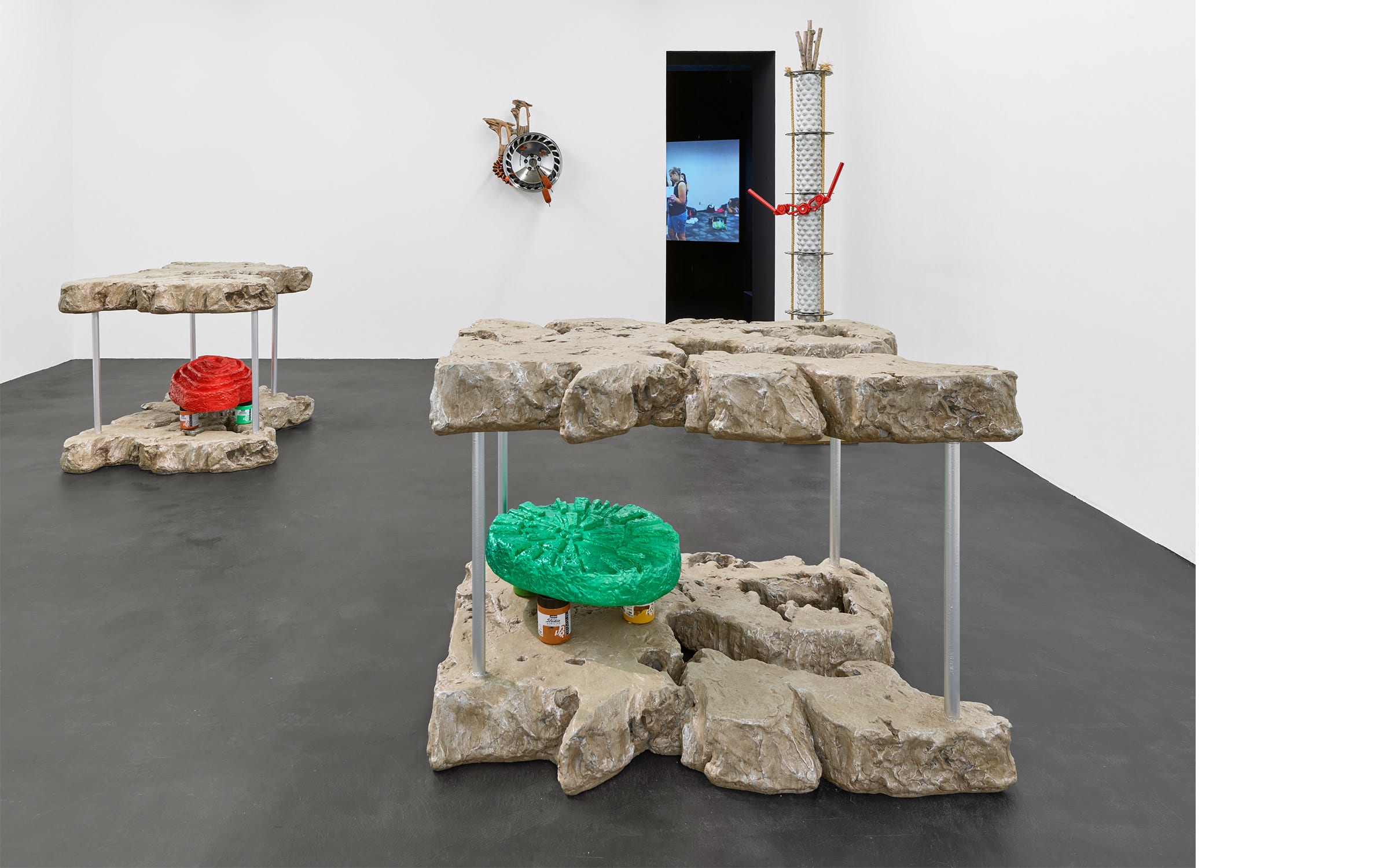The art of the hyperpresent: an interview with Kraupa-Tuskany Zeidler's Nadine Zeidler and Amadeo Kraupa-Tuskany
Clément Dirié speaks to gallerists Amadeo Kraupa-Tuskany and Nadine Zeidler about how their experimental approach to art shaped the gallery roster
Log in and subscribe to receive Art Basel Stories directly in your inbox.


